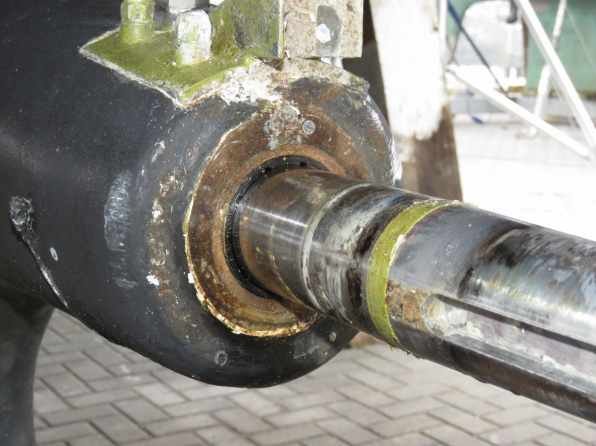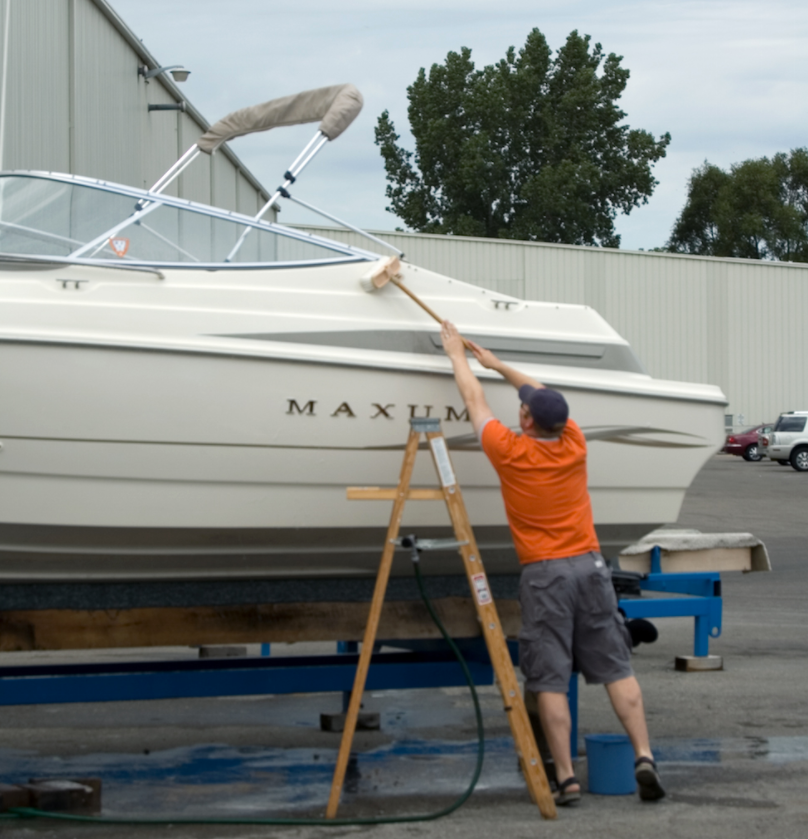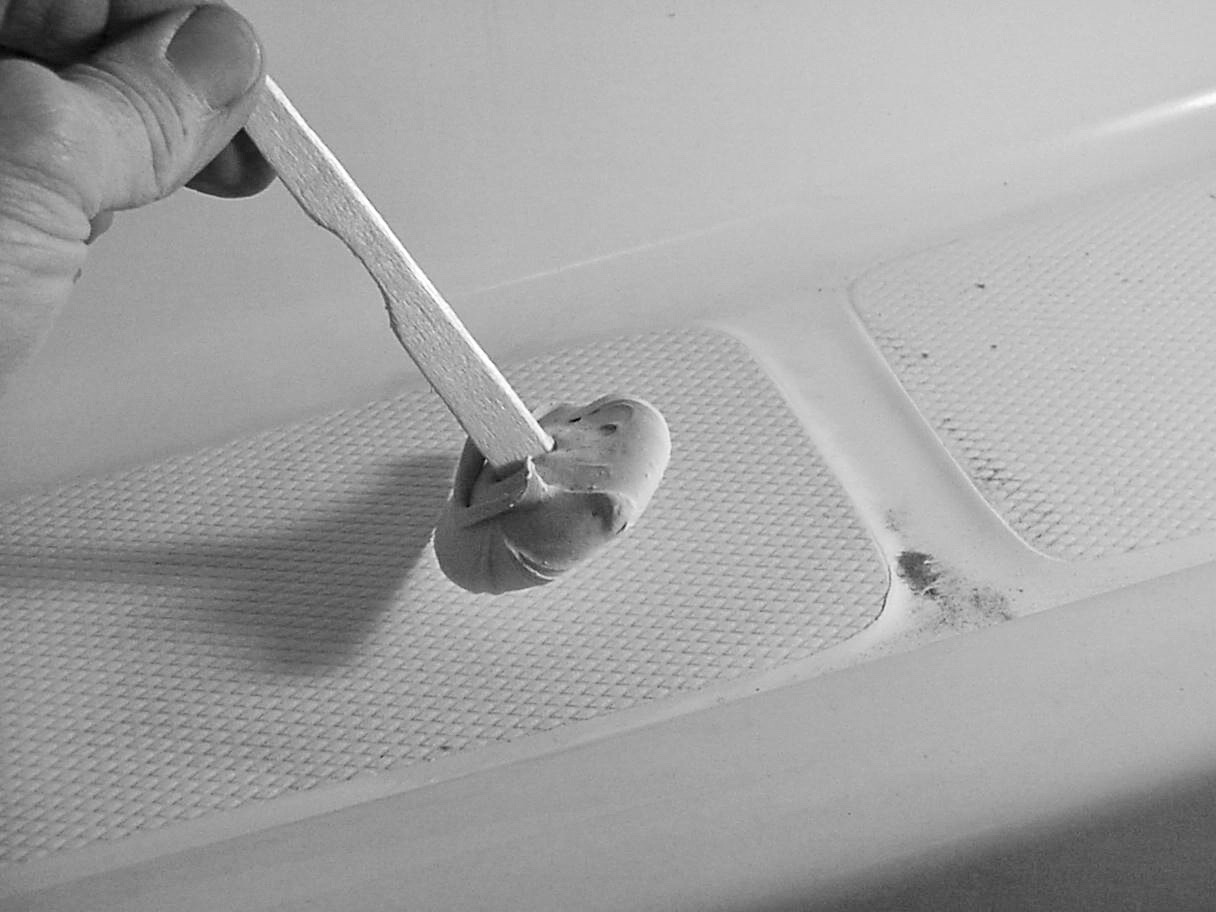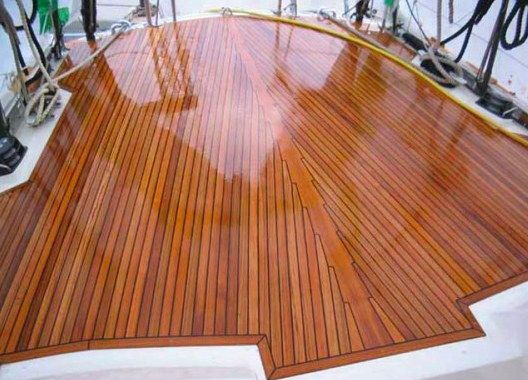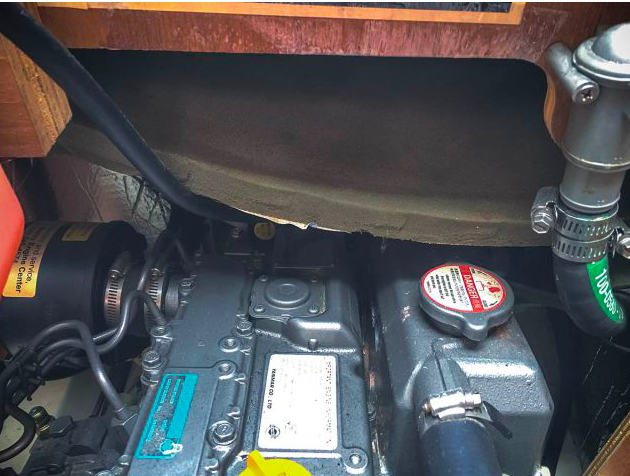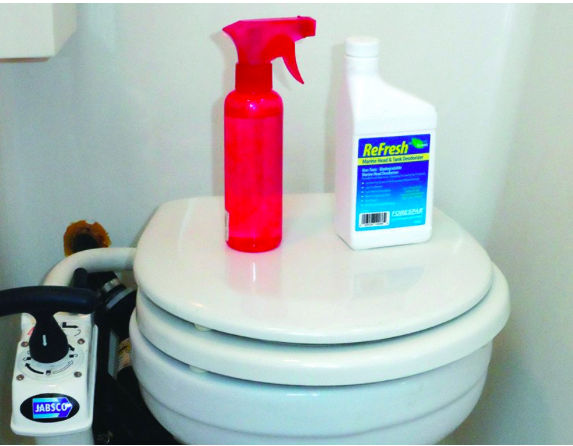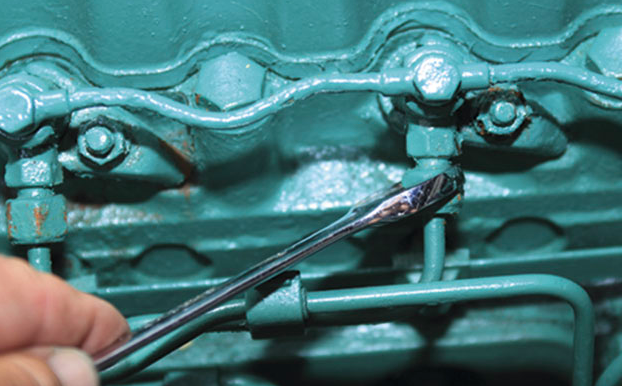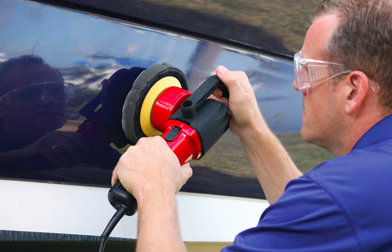Back in December, James and Jennifer Hamilton, the globe-circling, high-tech cruising couple from Seattle, passed the 9,500-hour mark on the single 265-hp John Deere engine that drives their Nordhavn 52. That was in the North Atlantic. Since then they cruised to Ireland and then England, where, starting on Jan. 9, they decided to replace the cutlass bearings on the rudder shaft and on the wing and main prop shafts as well. They were at Saxon Wharf in Southampton. Hamilton gives a blow-by-blow account of what happened next, with pictures, all on their website (mvdirona.com). Here’s the short version: They loosened…
Browsing: Maintenance
It’s that time of the year again, and cruisers in northern climes are starting to get their boats ready for the water again. You probably already have your spring commissioning tasks down pat; at least you probably have a routine that works for you and your boat that you follow year after year. But it never hurts to have a checklist to follow. Here’s a thorough, easy-to-do spring commissioning checklist from BoatUS that will help you get your boat ready for a full and safe season ahead. SPRING COMMISSIONING CHECKLIST Before You Launch: Hose clamps should be inspected and replaced…
Will your boat’s batteries survive the winter? You certainly don’t want to wait for spring to find the answer to that question. If your batteries are in fact dead when you try to start the season, they can be brought back to life; it’s not the end of the world. But it’s definitely a hassle you don’t want to have. Here’s some advice from Practical Sailor (for these purposes, batteries work the same way on powerboats and sailboats) about steps you can take to help your batteries last until warm weather. If you’ve removed the batteries from the boat, store…
Nothing is more vital to the integrity of your boat than its seacocks. Have a problem with one of them, and you literally could be sunk. Depending on the size and type of your boat, you could have a few, or quite a few, down in your bilge, but you’ll certainly have them for your engine(s), genset, head(s) and other equipment. It’s also a good idea to have a mallet and tapered plugs, sized to fit, ready to go in case one of them totally fails. Here’s a good story from Sea about how to care for seacocks and how…
All good things do come to an end, as the saying goes, and that certainly applies to the non-skid on your boat’s deck. Sooner or later, it will require more than a hard washing to make it look good again. And the problem is that old or cracking or worn-down non-skid is more than just a matter of looks. It’s also a matter of safety, of helping you keep your footing as you move around the boat. Repairing non-skid, however, is a big job. Here’s some great advice from Practical Sailor about to do it right, so it not only…
There’s nothing quite as elegant, or as salty, as a teak deck. Whether on a brand new yacht or an ancient trawler, teak decks are a statement. You can look at them, and walk on them, with pride. Until…The problem is that teak decks do not just take care of themselves. (I know; I used to have a Grand Banks with enough teak to duplicate a Malaysian rain forest.) The normal care and feeding of teak, the slight sanding, the varnishing, the repeat sanding, the repeat varnishing, is well known. But there does come a time in the life of…
Ask any builder of modern cruising boats, and they’ll readily confirm that sound levels are extremely important to their owners and potential buyers. Not only at the helm and salon, but also even in the staterooms, particularly since many master staterooms now are located midships, just forward of the engine room. A noisy boat with a lot of decibels coming from the engine or the generator (or both) can make for an uncomfortable cruise; it makes talking difficult at best, and it can lead to a headache and a longing to return to the peace and quiet of home back…
A smelly head can put a damper on even the best cruise, particularly since it is often so hard to deal with. And boats with seawater flush are particularly susceptible to a buildup of hydrogen sulfide that leaves an odor that seems to linger on and on. So, what to do? Here’s some great advice from Practical Sailor about holding tank treatments, including those that have proven to work, and those that don’t. Take a look here: https://www.practical-sailor.com/blog/A-Simple-Solution-for-Boat-Toilet-Stink-12224-1.html?ET=practicalsailor:e34937:684905a:&st=email&s=p_Grabbag060317&omhide=true
Do you know what to do if your diesel exhaust suddenly turns grey? Or the engine loses power? Or overheats? Even if you do, here’s one of the best and most thorough stories I’ve seen about how to diagnose and fix most problems with a diesel engine. It’s great as a primer, if you’re new to diesels, and as a refresher, if you’re an old hand. And it covers all the bases, including how to bleed air from the injectors, drain a filter, and change an impeller. The graphics are clear and easy to understand. Take a look: http://www.yachtingmonthly.com/sailing-skills/diagnose-and-fix-marine-diesel-engine-problems-29940
Nothing is more disheartening than that faded-gelcoat look on a boat, particularly when it’s your boat. Time for a work order and a check at the yard (yikes, not another one!), or some elbow grease of your own. Because while a dull, faded hull is embarrassing, a bright, shiny, new-looking hull is a matter of great pride, something to aim for. Here are some tips from pros on how to get there, how to breathe new life into your old topsides, with great advice on everything from rubbing compounds to wet sandings to avoiding going too deep on thin-gelcoat areas…

